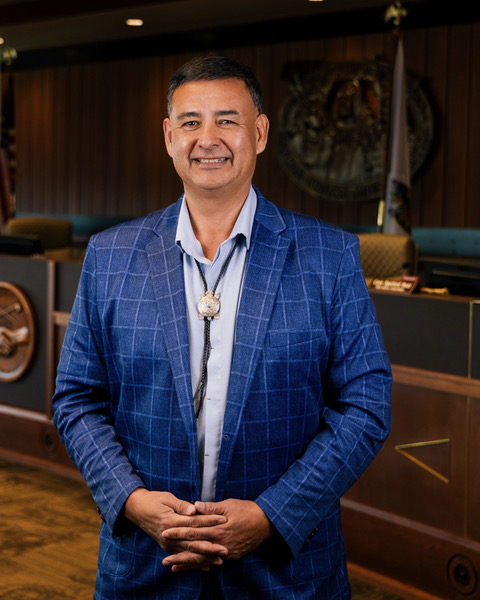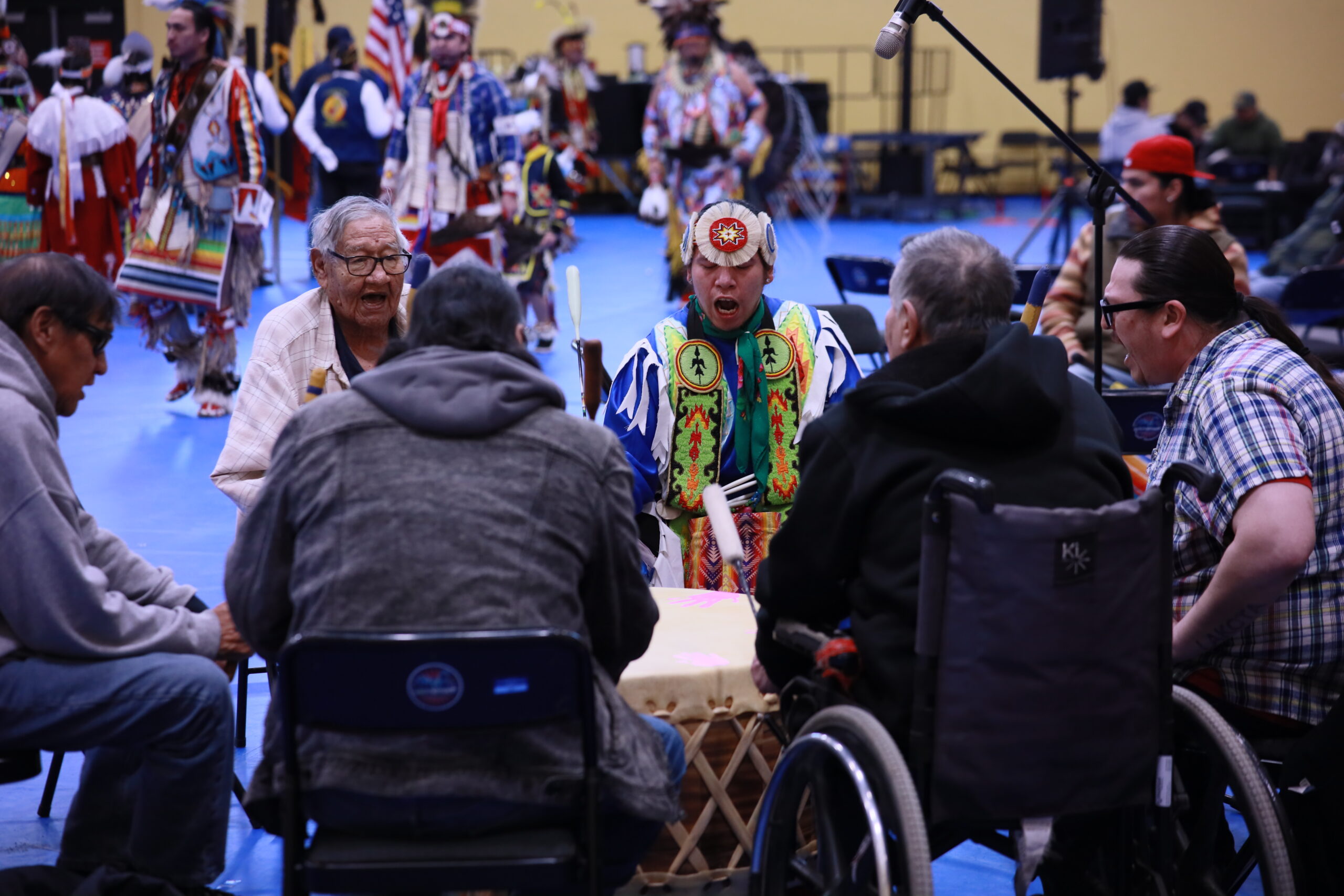New Book Presents Contrary Claims to the Famed Historical Figure Sakakawea Story by Anne Morsette Photos courtesy of Birdsbill Ford & Kelsey Jacobson For generations, it has been taught and widely believed in school, movies, literature, and in museums that Sakakawea was a Shoshone woman who guided Lewis and Clark on their expedition throughout the...
Menu



